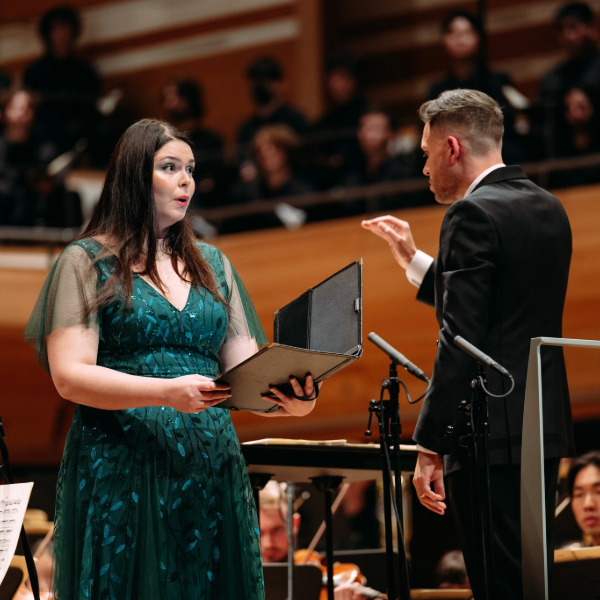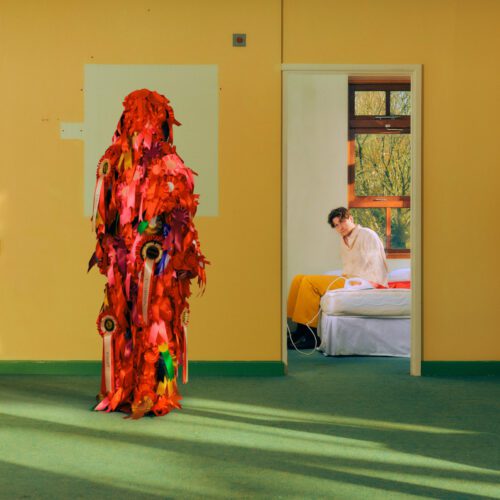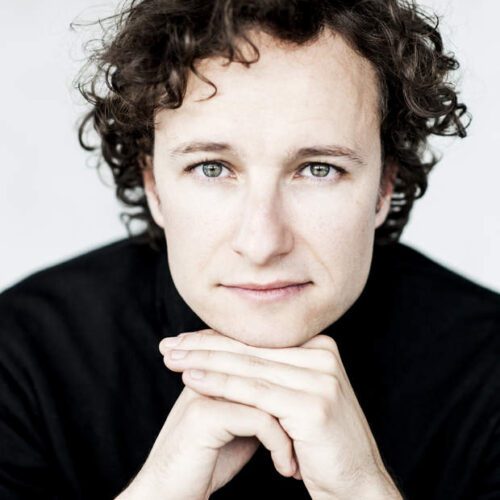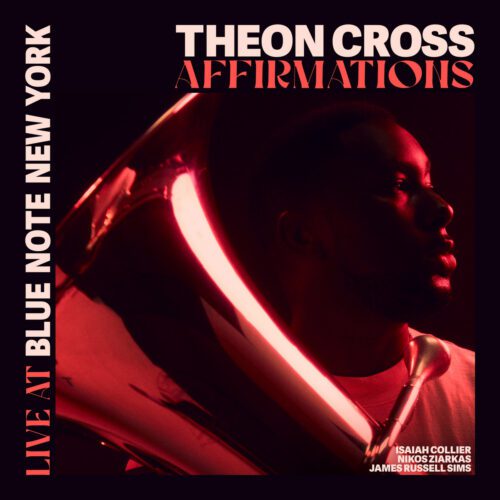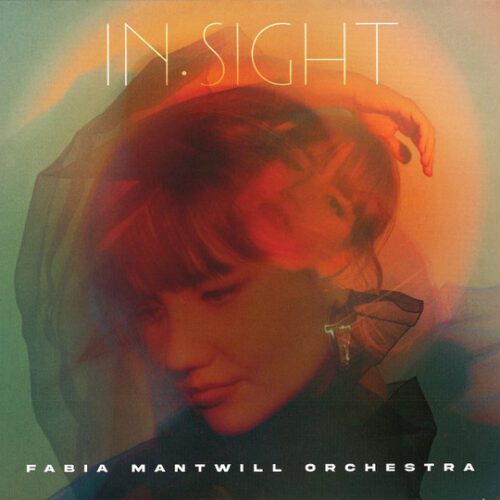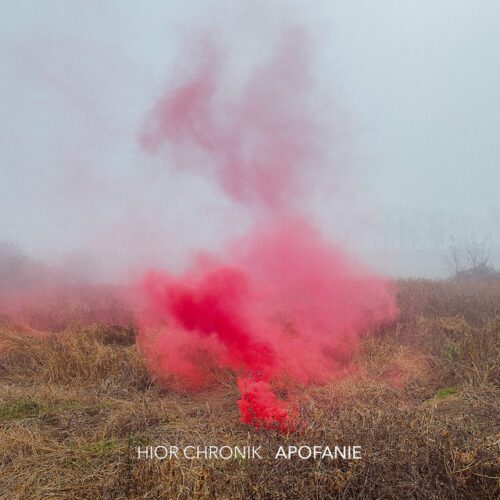The Maison Symphonique vibrated this Sunday afternoon under the bows, mouthpieces and voices of the students of the McGill Symphony Orchestra, the Schulich Chamber Choir and the McGill University Choir. No fewer than 230 musicians took to the stage to honour this remarkable music on an impressive program spanning the 20th-century and diverse aesthetics.
While their Pollack concert hall is closed, the ensembles take advantage of the opportunity to play in several of the city’s venues. This time, it was the Maison Symphonique. 45 minutes before the start of the concert, the audience was greeted with a musical performance by the Schulich Chamber Choir in the hall’s Foyer. Under the Christmas tree and in front of a very attentive audience, they gave us a fine introduction, led by 6 choirmasters.
As a prelude to the Requiem, the concert got off to a gentle start with the choral piece Ubi Caritas. The 90-strong orchestra, 140 choristers and Maison Symphonique Pierre-Béique organ, conducted by Jean-Sébastien Vallée, followed with a remarkable performance of Maurice Duruflé’s Requiem.
Despite some passages where a little more assurance from the choir would have been appreciated, it nonetheless stood out for its impressive solidity, alternating between melodic passages of great finesse and heart-rending fortissimos. And when choir, orchestra and organ unite, the sonic impact in the hall is staggering. The power of the ensemble literally overwhelms the audience. The fourth movement, Hosanna, stood out for its spectacular intensity, highlighting the hall’s acoustics. In the fifth movement, Pie Jesu, the orchestra showcased mezzo-soprano Javiera Zepeda magnificently, particularly in her high passages, where her vocal mastery combined perfectly with the timbre of the alti and cellos. The Requiem was a highlight of the concert.
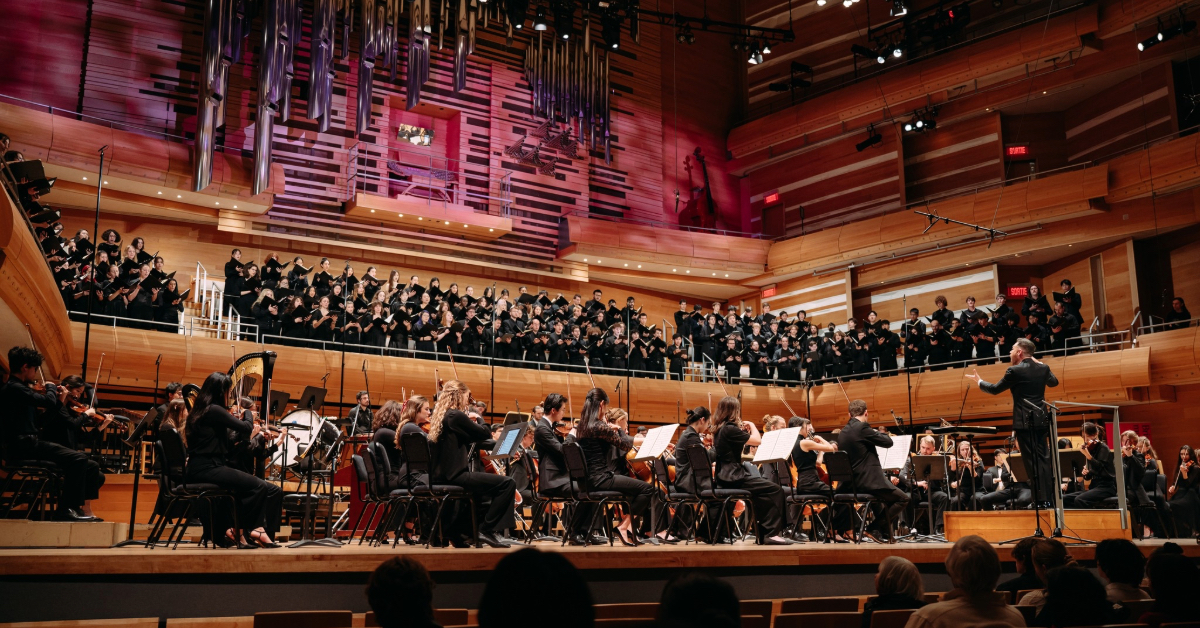
Then, after the intermission, the performance of Schoenberg’s Theme and Variations was carried off by a remarkably solid brass section. From the very first expositions of the main theme, articulations were clean and precise, highlighting an essential feature of the work. Each section offered distinctive sonic spaces, allowing the orchestra to reveal all the finesse of the counterpoint and the elegance of the orchestration.
The concert ended with Edward Elgar’s Enigma Variations, taking us into a subtle and mysterious interplay. Each of the 14 variations sketches a sonorous portrait of someone close to the composer, blending tenderness, playfulness and depth, culminating in a final variation in which he reveals himself. The most striking variation was the ninth, Nimrod, in which Alexis Hauser brought a poignant intensity to the musicians. Another impressive moment was the tenth variation, named Dorabella, where strings and woodwind perfectly captured the mischievous laughter of Elgar’s friend Dora Penny, offering a moment of lightness and humor. Finally, perhaps in some passages the trombonists overdid the power of their instrument, but we forgive them.
Altogether, it was a magnificent concert, in which the musicians seemed to be fully inspired by the grandeur of the venue. Before plunging into the holiday spirit, this afternoon put a balm on our November blues.
photo : Tam Photography
